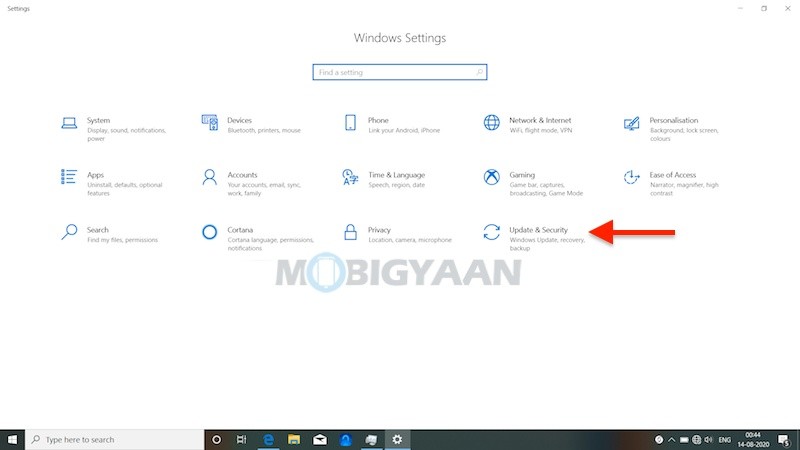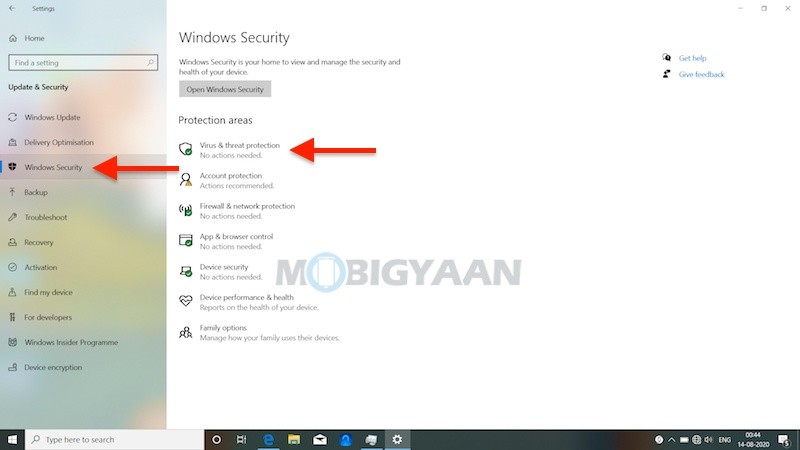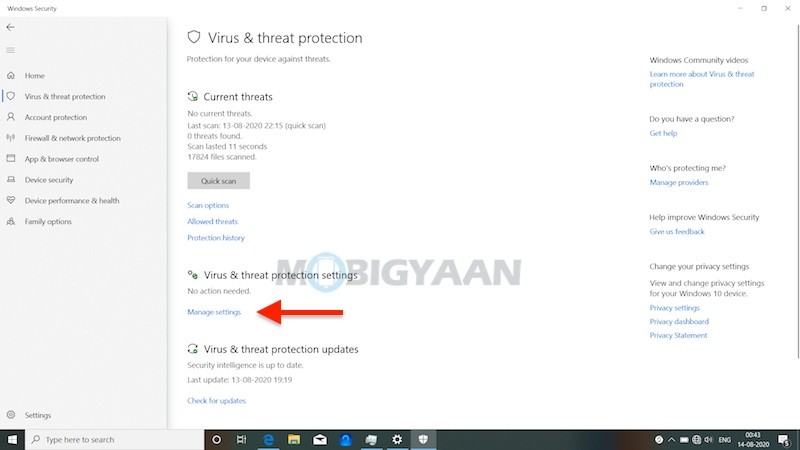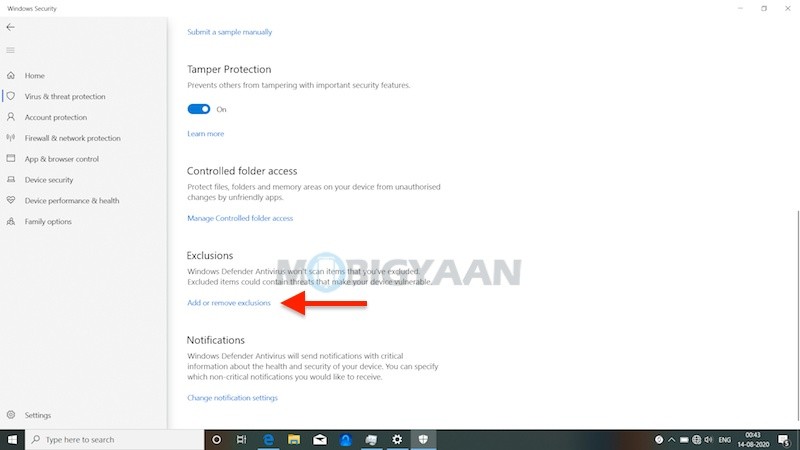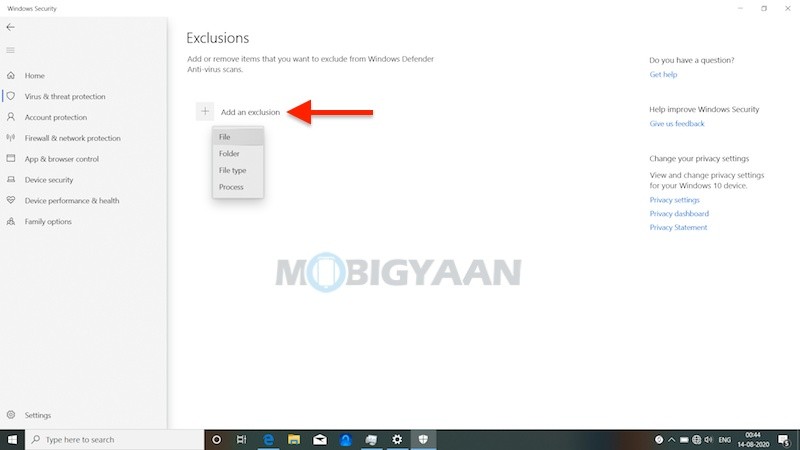Your Windows 10 PC has an integrated Anti-virus named Microsoft Defender that runs in the background and protects against the threats and take any actions needed to keep the system healthy. Sometimes, there are files that are required to run the software or program or a PC game and you end up seeing deleting it automatically because the Windows Security scans as a threat. You can add an exclusion and Microsoft Defender will never scan those files again.
Adding exclusions help you if you are running into false positives where the Microsoft Defender marks legitimate files as malware. It happened to me, I was installing a PC game but suddenly, Windows Security detected a Trojan from the setup and quarantined a file, however, this file was required to run the game and I trusted the file anyway, so I restored the file and put it to the exclusion list. You can easily view the threats detected by the Defender.

How To Add Exclusions To Microsoft Defender [Windows 10]
If you trust a file, file type, folder, or a process that Windows Security has detected as malicious, you can stop Windows Security from alerting you or blocking the file by adding it to the exclusions list. Here’s how you can add files to the exclusion list.
- Click on the Start button and click on the Settings gear icon.
- Click on Update & Security and head to the Windows Security tab on the left side.
- On the right pane, click on Virus & threat protection under Protection areas.
- Once you are in the Virus & threat protection, click on the Manage settings below Virus & threat protection settings.
- Scroll to the bottom and under Exclusions, select Add or remove exclusions.
- Select Add an exclusion, and choose from the file, folder, file type, or process. A folder exclusion will apply to all subfolders within the folder as well.
Note: Windows Defender Antivirus won’t scan items that you have excluded. The Excluded items could contain threats that make your device vulnerable. It is advised to only put the files or folders into exclusion if you highly trust them and you know it’s not a threat to your Windows PC.
In case you want to disable the Microsoft Defender, you can temporarily disable its real-time protection to stop scanning automatically. The real-time protection locates and stops malware from installing or running on your device.
Do check out more tutorials, guides, tips, and tricks on Windows as well as Mac. For more updates on the latest smartphones and tech, follow us on our social media profiles.

